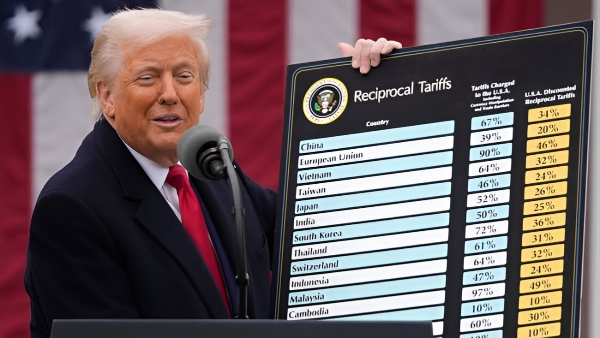Colombia’s ‘Junk Food Law’ Sets Precedent: Should India Consider Similar Measures?
Colombia has approved a ground-breaking “junk food law” to combat lifestyle illnesses by taxing ultra-processed foods and sugary beverages. The law, one of the first of its type in the world, has been lauded by health experts and activists for its potential to serve as a model for other nations. Colombia’s ultra-processed food tax will begin at 10%, rise to 15% in 2024, and reach 20% in 2025. The regulation is aimed at ultra-processed foods, which include industrially prepared ready-to-eat items rich in salt and saturated fat, such as chocolate or crisps. It also requires health warnings on goods with excessive levels of harmful components like sugar or saturated fat. The tax policy is consistent with front-of-packaging labelling, and certain concessions to the food sector have been made, such as exempting some traditional Colombian delicacies from the levy. Colombia’s decision to charge ultra-processed foods fits with a global trend of instituting health fees to combat lifestyle disorders. The country’s plan might serve as a model for other countries, sparking debate on the necessity for such measures in many areas of the world, including India. The ultra-processed food tax is intended to curb unhealthy consumption and battle lifestyle disorders such as type 2 diabetes and obesity. Given Colombia’s trailblazing “junk food law,” the question of whether India requires comparable laws to limit the use of ultra-processed foods emerges. The possible benefits of such a regulation in India may include reducing the growing prevalence of lifestyle illnesses and encouraging people to make healthier eating choices. However, enacting such a rule in India would need careful consideration of several aspects, including the country’s distinct food environment, cultural practices, and the possible impact on the food sector and consumers. The implementation of a “junk food law” in India would necessitate a thorough examination of the country’s eating habits, the prevalence of lifestyle diseases, and the potential effectiveness of such a measure in promoting public health. Furthermore, it would be critical to assess the experiences of other countries that have implemented similar laws to comprehend their impact and effectiveness.
Is it fair to tax junk food?
Taxing junk food has been a source of contention, with supporters claiming that it would discourage unhealthy eating and improve public health. Advocates of junk food taxes argue that such measures make sense in a welfare state because eating unhealthy foods can lead to expensive diseases, ultimately affecting taxpayers who bear the burden of healthcare costs. Furthermore, both modelling studies and natural experiments show that health-related food and drink taxes have the potential to change population diets and reduce disease. Opponents of junk food taxes, on the other hand, express concern about the regressive nature of such taxes, which may disproportionately affect low-income individuals who rely on fast food due to time constraints and budget constraints. Furthermore, the potential unintended consequences of such taxes, such as people switching to less healthy substitutes, as seen in Denmark’s saturated fat tax, which led to an increase in salt consumption, must be carefully considered. Furthermore, Colombia’s pioneering “junk food law” has sparked debate in other countries, including India, about the need for similar measures. While the potential benefits of such a law are obvious in India, its implementation would necessitate a thorough assessment of various factors to ensure its effectiveness and impact on public health. Overall, enacting a “junk food law” in India would necessitate a thorough examination of the country’s dietary habits, the prevalence of lifestyle diseases, and the potential effectiveness of such a measure in promoting public health. Furthermore, it would be critical to assess the experiences of other countries that have implemented similar laws to comprehend their impact and effectiveness.



